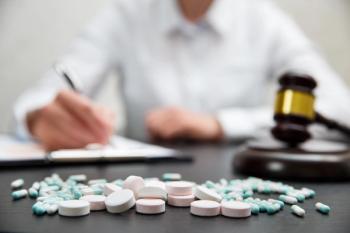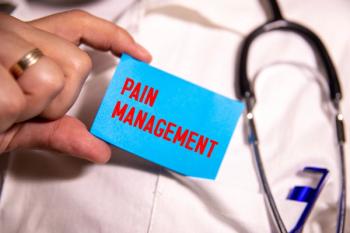
- Volume 0 0
COMPOUNDING HOTLINE
Q How do I go about compounding either lidocaine/prilocaine/epinephrine or benzocaine/tetracaine/lidocaine? A plastic surgeon needs either one as a numbing cream.
A A variety of topical formulations for anesthesia for laser surgery are found in the literature. One of the more common ones is a variation of the following suggestion that you might find quite useful.
Lidocaine forms a eutectic with prilocaine, an advantage when incorporation of both ingredients into topical formulations is required. Lidocaine is rapidly absorbed from the gastrointestinal system and mucous membranes and through broken skin. It is only poorly absorbed through intact skin. Physicians should be cautioned that these formulations can yield relatively rapid anesthesia from the -caine anesthetics. Transdermal formulations of lidocaine, particularly, applied in high concentrations over extensive areas may produce acute overdose symptoms. The health care providers involved with these procedures should consult current literature and use professional judgment when applying the formulations.
Prilocaine is considered to be the least toxic of the amide-type local anesthetics. It is considerably protein-bound and undergoes hepatic metabolism.
Benzocaine is a para-aminobenzoic acid ester. It has low potency and low systemic toxicity. It is used on the skin or mucous membranes for topical anesthesia. Hydrolysis by esterases occurs primarily in the plasma and also in the liver. Tetracaine (amethocaine is the British nomenclature) also is a para-aminobenzoic acid ester and has potent local anesthetic action. It has high systemic toxicity and is rapidly absorbed from mucous membranes. Toxic symptoms can occur abruptly. Topically, 0.5% to 1% creams and ointments are used rectally. For anesthesia before venipuncture, a 4% preparation has been applied. In the latter case, application under a dressing for 30 minutes generally provides surface anesthesia for 4 to 6 hours.
Epinephrine, a direct-acting sympathomimetic, sometimes is used in these formulations to slow the rate of diffusion and to limit absorption, thus reducing the potential for toxicity.
Laser Therapy Gel
Calculated to make 100 mL
Ingredients:
Procedure:
- Calculate the required quantity of each ingredient for the total amount to be prepared.
- Accurately weigh and/or measure each ingredient.
- Combine DMSO and ethyl alcohol 200 proof.
- Transfer 25 mL of mixture from step 3 to separate beaker, and add benzocaine. Dissolve benzocaine over low heat with gentle stirring.
- Combine remainder of mixture in step 3 with Thick Aid and distilled water.
- Combine mixture in step 4 with mixture in step 5.
- Add lidocaine and tetracaine powders to mixture in step 6 and mix well.
Notes:
Thick Aid contains sodium acrylate/sodium acryloyldimethyl taurate copolymer, hydrogenated polydecene, and Laureth-8. Thick Aid is activated by the presence of water.
E-mail your compounding questions to compounding@pharmacytimes.com
Mr. Erickson is director of professional affairs at Gallipot Inc.
Articles in this issue
over 20 years ago
Consensus Guidelines for Hormone Therapyover 20 years ago
OTC Therapies for Allergic Rhinitisover 20 years ago
A Pharmacist's Guide to OTC Therapy: Menstrual Pain Productsover 20 years ago
A Pharmacist's Guide to OTC Therapy: Calcium Supplementsover 20 years ago
RxPRODUCT NEWS: PROFILE: Boniva (ibandronate)over 20 years ago
PhRMA Revamps Web Siteover 20 years ago
Ovulation-Prediction Testing Kits: A Woman's Choiceover 20 years ago
Examining Antithrombotic Therapyover 20 years ago
Web Site Expands ServicesNewsletter
Stay informed on drug updates, treatment guidelines, and pharmacy practice trends—subscribe to Pharmacy Times for weekly clinical insights.




















































































































































































































